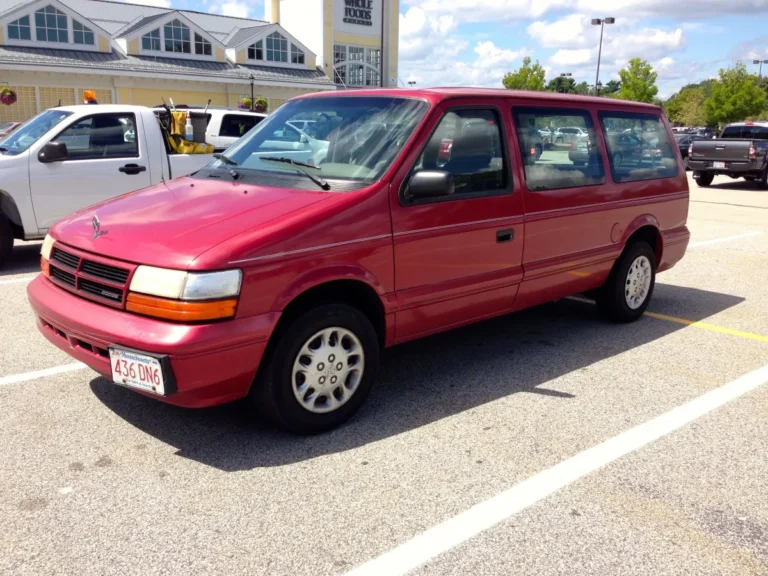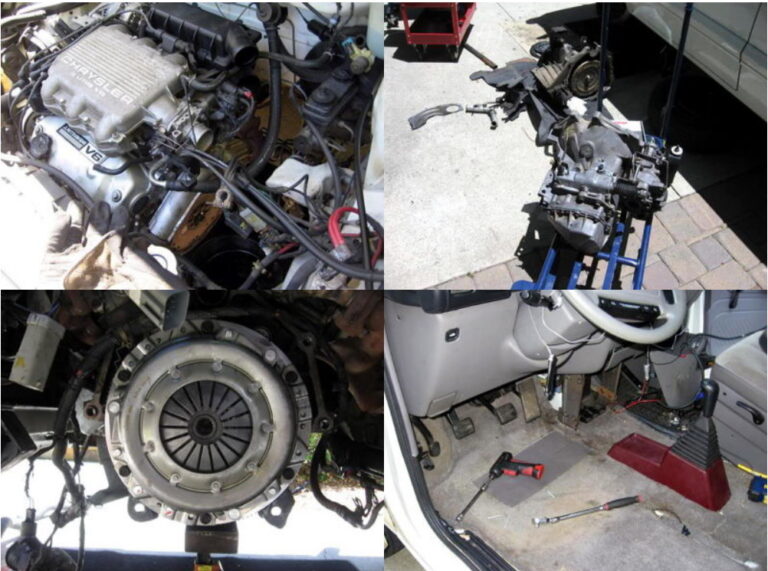Electrolysis rust removal
Last Updated on July 22, 2024 by Mutiara
|
To start off before we go into how to use it lets see what electrolysis is.Electrolysis is a method of using an electric current to drive an otherwise non-spontaneous chemical reaction. The key process of electrolysis is the interchange of atoms and ions by the removal or addition of electrons from the external circuit.
- An electrical potential is applied across a pair of electrodes immersed in the electrolyte.
- Each electrode attracts ions that are of the opposite charge. Positively-charged ions (cations) move towards the electron-providing (negative) cathode, whereas negatively-charged ions (anions) move towards the positive anode.
- At the electrodes, electrons are absorbed or released by the atoms and ions. Those atoms that gain or lose electrons to become charged ions pass into the electrolyte. Those ions that gain or lose electrons to become uncharged atoms separate from the electrolyte. The formation of uncharged atoms –from ions is called discharging.
- The energy required to cause the ions to migrate to the electrodes, and the energy to cause the change in ionic state, is provided by the external source of electrical potential.
Now that you have a little understanding of what is happening let talk about the application at hand. In our case we are using electrolysis in aiding us to “de-rust” rusted parts. Here you have the rusted part (cathode) in a electrolyte solution. Water alone is not a good conductor so we must add something to help conduct the electricity. Baking soda has been found to work well in this case. DO NOT USE SALT If salt is used it will you will create chlorine gas, which is deadly. By no means use salt. Some people have used an acidic electrolyte solution, but for our purposes we will use baking soda as it is safe. After the part is submerged in the solution an anode need to be secured to the side of the container in the solution. the anode will be consumed and will be lost in this process. A piece of rebar works well for this purpose, as it last a long time. Now connect a battery charger’s ground lead to your part via a wire or directly. Connect the positive lead to the anode at a location out of the solution, if the clamp is under the solution it will be consumed with the anode. No plug the charger up a turn it on. The electricity run through the part to the anode will draw the rust off and deposit it on the anode.
Now that you have an over view detailed steps will be provided below with sample list of materials. (To start off you are doing this at your own risk. We are not liable for any accident that may occur as you perform the procedure. Read your manual for your charger before starting. Wear rubber gloves as a precaution while working. Safety goggles are recommended as well. Best advice is to take your time and use common sense.)
Procedure
- Choose the item that you wish to clean
- Easy step. Find the part you want to de-rust.
- Pre-Clean Part
- Use a wire brush to remove the loose rust. Be careful around machined surfaces as parts that may break.
- Clean it a brake cleaner to remove all oils and grease
- Wiring up the part
- Put you part in the empty bucket
- Cut a length of wire long enough so that the charger’s cables can be attached to the wire and the other end to the part under water
- Electrolyte
- Pour enough water in the bucket to fully submerge part
- Estimate amount of water in bucket
- In a measuring cup boil water and then add 5 table spoons of baking soda for every gallon of water
- Stir
- Now add to bucket
- Anode
- Using the clamp, attach the rebar to the side of the bucket
- Make sure rebar is touching to bottom of bucket with out contacting the part
- Connections
- Do not plug charger in till you are ready to start
- Attach the positive clamp the the rebar that is above the water level
- Attach the negative clamp the the wiring lead of the part
- Plug charger in
- Turn charger on to its maximum safe charging setting
- Wait
- 5-7 hours is good on most parts
- Removal
- Turn charger off and unplug
- Remove part and wash off with water
- Dry it quickly
- Coating
- Paint it once dry if you are satisfied with the amount of rust removal, if not another session can be done till satisfied
- If not going to paint immediately apply a light coat of oil to prevent flash rusting, remember to clean before painting


